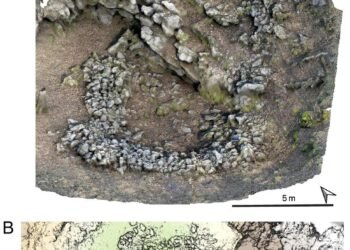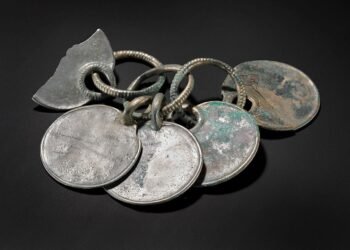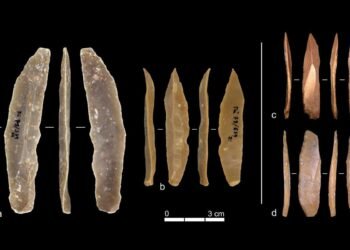During excavations preceding a school construction project in Durrës, Albania, archaeologists unearthed a 1,600-year-old indoor pool. Situated in what is believed to be an aristocratic neighborhood, this pool is adorned with intricately detailed mosaics, showcasing a level of artistry uncommon for its time.

Durrës, formerly known as Epidamnus to the Illyrians and later as Dyrrhachium under Roman rule, is pivotal in Albania’s history. Acting as a crucial link between the Eastern and Western worlds, the city flourished under Greek and Roman influence.
This pool stands as the first of its kind found in Albania. Its surface, adorned with colorful frescoes of exceptional artistic merit, adds to its significance.
The recent excavation, covering an area of approximately 1,200 square meters, revealed more than just the pool. Alongside the pool, a large brick floor was discovered, which could be the floor of a bath, considering comparisons with similar constructions of the time in the Mediterranean. Several lines of walls related to the architectural complex discovered in this sector have also been identified.

The considerable height of their preservation suggests that this monument could have had two floors. Fragments of walls, ceilings, and intricate tile mosaics were also discovered, painting a vivid picture of life in ancient Durrës.
Dating back to between 1 and 400 CE, the Roman structures offer valuable insights into Durrës’ past. The well-preserved mosaic floor features intricate geometric motifs crafted from marble, stone, glass, and ceramics.
Archaeologists speculate that the villa may have been destroyed by an earthquake in the 4th century CE, as mentioned in ancient sources.























